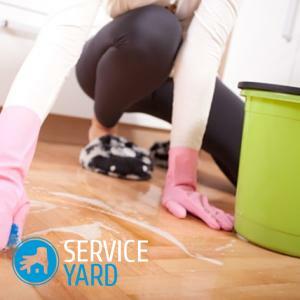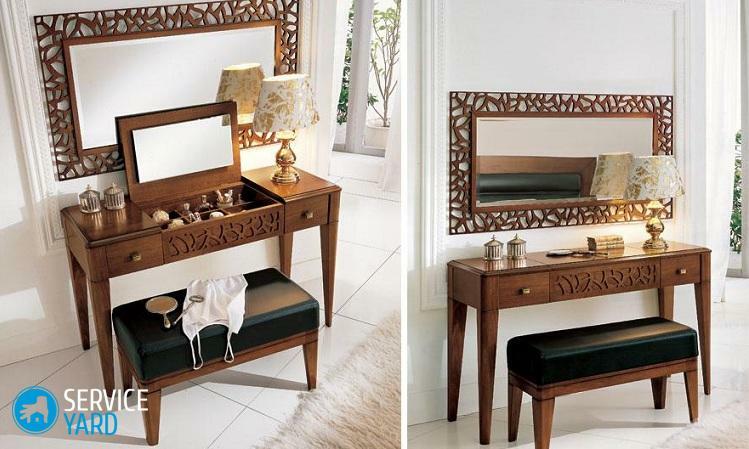 The popularity of indoor plants growing from year to year. It is increasingly becoming assortment of indoor plants. They do not cease to surprise us with the beauty of flowers, the amazing form of leaves. Scientists have shown that many of the indoor plants - high performance air purifiers. Potted flowers for sale are grown in greenhouses, where it is warm and humid. Stepping outside your comfort, go on sale, they get stress, which at first have to fight.
The popularity of indoor plants growing from year to year. It is increasingly becoming assortment of indoor plants. They do not cease to surprise us with the beauty of flowers, the amazing form of leaves. Scientists have shown that many of the indoor plants - high performance air purifiers. Potted flowers for sale are grown in greenhouses, where it is warm and humid. Stepping outside your comfort, go on sale, they get stress, which at first have to fight.
Content
- Causes of Mold
- wrong watering
- Humidity and air temperature
- Pots and soil mixture
- Methods of dealing with mold
Causes of Mold
When recognized the charm of the home colors large percentage of the senseless perish. And this is preceded by a wide variety of reasons. To create conditions for development and a comfortable existence, abundant flowering permanent indoor pets, you need a lot of components: a convenient, corresponding to the size of the pot, suitable soil mixture, rest, proper watering, good lighting, systematic care, timely dressing and more.
Mold, which appeared on the basis of the indoor flower, not so harmless. She is a witness that the plant uncomfortable, and it urgently calls for a special attention. If the land zamokla, the roots do not breathe and rot. I need an ambulance. spores of the fungus dangerous mold and for people, especially for people with asthma and allergies.
wrong watering
Houseplant, like all living things, can not live without water. Small with poorly developed root system of the seedling may die without watering for one day, adult flower - in the past month. That is why, having brought home the coveted purchase or a gift, we start it abundantly watered. Waterlogging, as well as drying of the soil, is very harmful to the flowers. If the flowers are often watered, the soil turns into a swamp medley. The roots do not breathe and begin to rot, develop the disease, in combination with other factors appear to mold surface.
 Each house plant their demands and watering schedule, which depends on the shape and flower size, structure and size of the pot, conditions, indoor climate, time of year.
Each house plant their demands and watering schedule, which depends on the shape and flower size, structure and size of the pot, conditions, indoor climate, time of year.
Therefore, when watering, use your observations. Do not make watering ceremony which takes place on a particular day of the week.
Humidity and air temperature
Indoor plants prefer moderately warm and rather humid air. The apartments have air in winter is mainly dry, but there are fans to decorate bathrooms, bathrooms or poorly heated rooms potted flowers. In this case, high humidity plus much water can lead to troubles such as mold in pots.
Pots and soil mixture
Pots, containers and containers for flowers should correspond to their size. Pots desirable to buy pottery or plastic. Those and others have their own advantages. Most indoor plants lovers prefer clay containers. The porous material of a clay pot allows excess moisture to evaporate. That there was no stagnant water, the pot should be sure to have one or more drainage apertures and placed on a pallet. A small hole and insufficient drainage layer often cause stagnation of water in the pot and the appearance of mold on the white ground in flowerpots.
usual garden soil for planting pot plants will not do. It may be contaminated with pathogens that are in your home warm begin to actively grow. Ignorant agriculture man hard to understand the composition of the earth to the eye. Not understanding, we can put your favorite plant in heavy, poorly permeable oxygen and water the ground, which also lead to the appearance of mold on the ground.
 If there is no knowledge and opportunity to prepare their own soil mixture, in any specialty store for each group of plants you can purchase a quality primer. Earthen structure at planting should be fresh, moderately humid, and in any case dry.
If there is no knowledge and opportunity to prepare their own soil mixture, in any specialty store for each group of plants you can purchase a quality primer. Earthen structure at planting should be fresh, moderately humid, and in any case dry.
Buying a ready soil mixture, you must pay attention to the following elements of the package:
- the name of the mixture;
- for a group of plants soil is;
- the contents of mineral nutrients;
- Percentage composition of the mixture.
Methods of dealing with mold
Depending on the stage of the disease, there are following methods of combating mold in pots:
- At the initial stage of the disease at the first appearance of white mold potted house plants, do not rush to transplant. Take a good look at the pot, there is in it a drain hole large enough to drain excess fluid. At what point is a pot, whether it is enough light and air. Loosen the soil. Water the plant a weak solution of potassium permanganate or infusion of marigold flowers. Go from frequent waterings weak, rare, but abundant. Put a pot on the sunny side, sunlight on the surface of the soil will dry the remaining fungus spores.
-
 On a more serious stage of the disease, when the mold has spread over the entire surface must be fought by taking more serious action. Remove the top layer of the contaminated soil. At the same time we try to bring as little as possible damage to the root system. The remaining earthen room treat fungicidal agents or infusion onion peel. sprinkle powdered activated carbon, Dosypte new layer of soil.
On a more serious stage of the disease, when the mold has spread over the entire surface must be fought by taking more serious action. Remove the top layer of the contaminated soil. At the same time we try to bring as little as possible damage to the root system. The remaining earthen room treat fungicidal agents or infusion onion peel. sprinkle powdered activated carbon, Dosypte new layer of soil. - At the last stage of the disease, when the plant is in poor condition, the illness hurt the root system, urgently need to change the soil. Carefully remove the plant from the pot, put in water for the roots of spontaneous raskisaniya earthen coma. Rinse the horses in weak solution of potassium permanganate or a special chemical solution. Pot well washed, dried, disinfected. Clay pot warmed in the oven, plastic pour over boiling water.
Soil mixes are not deficient, are inexpensive. Replace the soil completely! Do not forget at the bottom of the pot to pour drainage. Before planting, carefully examine the roots, remove the rotten.
Remove mold with flowers in pots, you can use chemicals, buying them in a flower shop. In the application carefully read and strictly follow the instructions about how to use, so as not to harm the plant.
Let houseplants long dwell in your house and its variety and beauty filled with life.
retain



